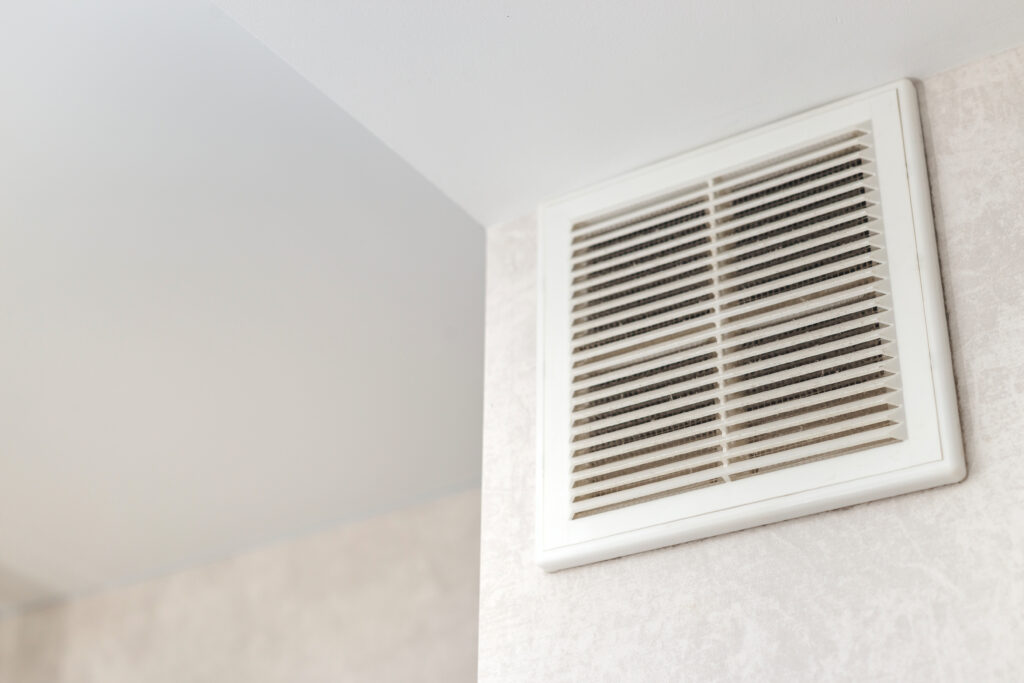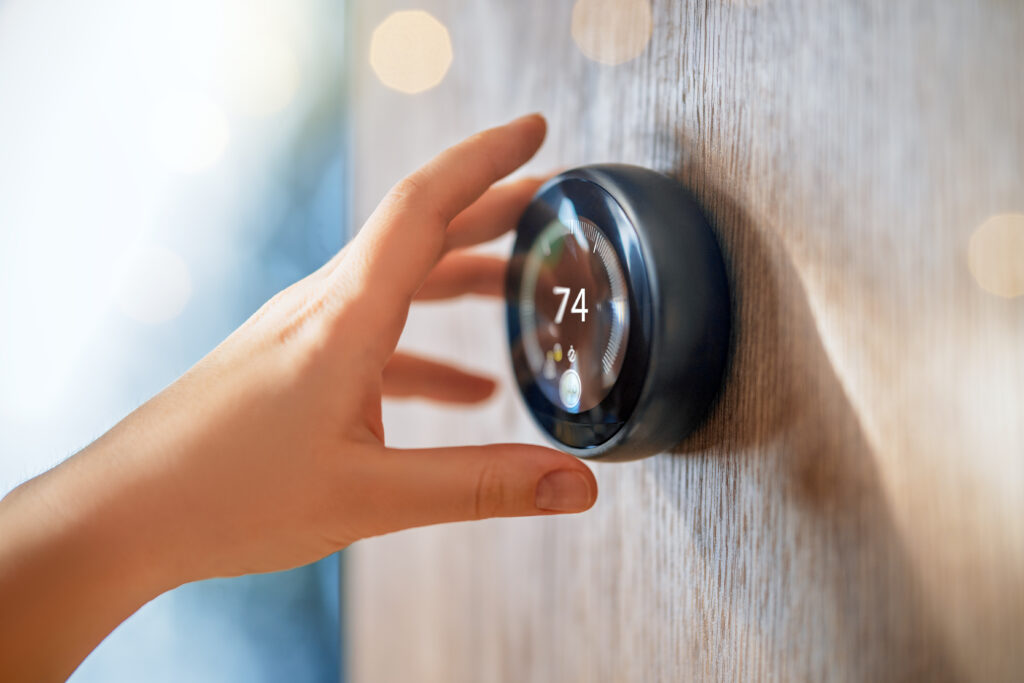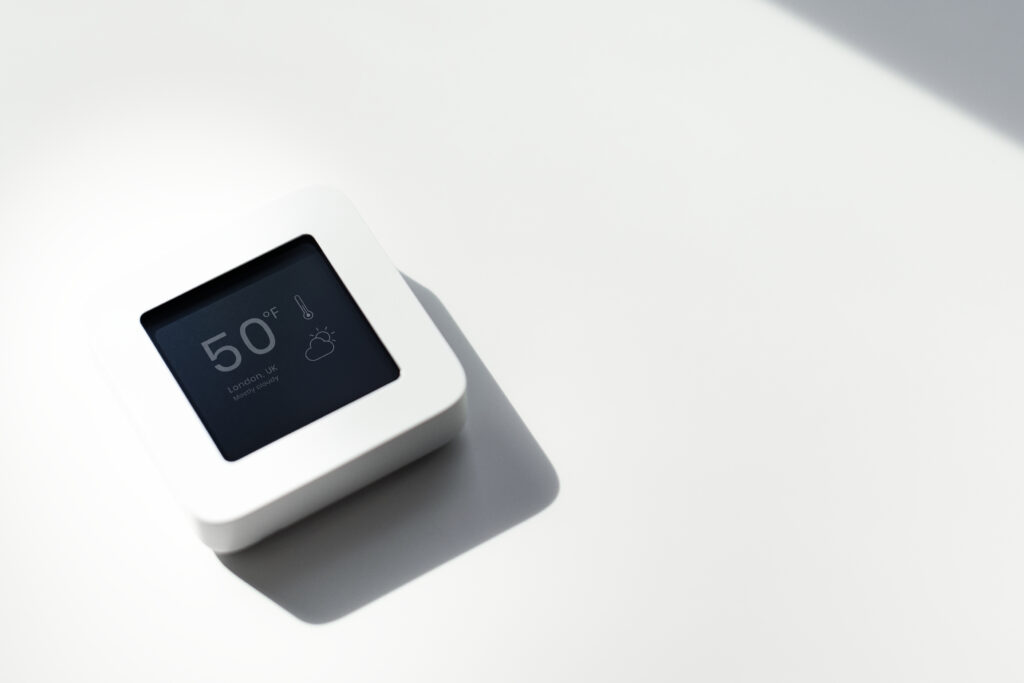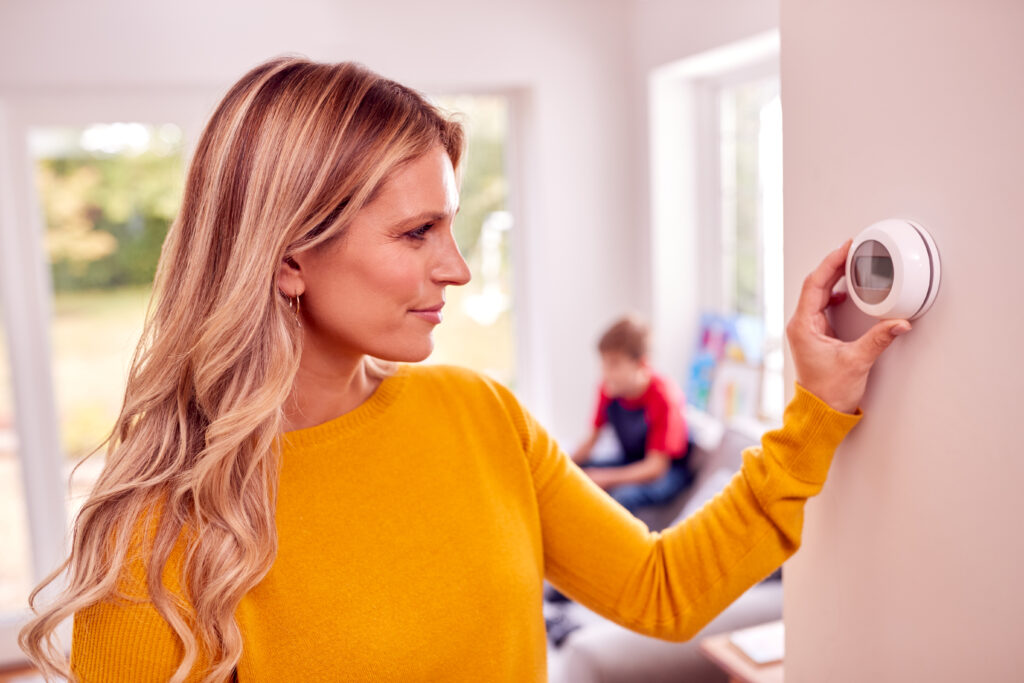What to Do Before Calling for HVAC Repair
It is a moment that every homeowner dreads. On the hottest, most humid day of a Tennessee summer, you realize the air coming from your vents is no longer cool. Or, on the first truly frigid night of winter, you wake up to a silent, chilly house, the comforting hum of the furnace gone. Your first instinct in this moment of discomfort and stress is often to grab the phone and call for an emergency HVAC repair.
While calling a professional is often the necessary and correct course of action, a surprising number of emergency service calls are for simple, common issues that a homeowner can safely identify and resolve in just a few minutes. Before you make that call, taking the time to run through a quick and logical troubleshooting checklist can often save you the cost of a service visit and the time spent waiting for a technician to arrive. Knowing what to look for can empower you to either be your own hero or, at the very least, provide valuable information to the service professional when they arrive.
#1 – Check The Thermostat
The thermostat is the command center of your entire home comfort system, and it is the most common and easiest place for a simple error to occur. Before you ever assume there is a major mechanical failure with your furnace or air conditioner, a thorough check of the thermostat can often solve the mystery.
Start with the most basic settings. It may sound obvious, but one of the most frequent reasons for a service call is a thermostat that has been accidentally set to the wrong mode. Ensure that the system is set to “Heat” if you want warmth and “Cool” if you want air conditioning. Next, check the temperature setpoint. For the system to turn on, the target temperature must be set higher than the current room temperature for heating, or lower than the current room temperature for cooling.
If the settings are correct, the next thing to check is the power source for the thermostat itself. Most modern digital thermostats are powered by batteries. If the display screen is blank or is showing a low battery indicator, this is very likely your problem. A thermostat with dead batteries cannot send a signal to your HVAC equipment to tell it to turn on. Carefully pull the body of the thermostat off of its wall-mounted baseplate. You will typically find AA or AAA batteries inside. Replace them with a fresh set, reattach the thermostat to its base, and see if the system comes to life. This single, simple fix can solve a huge number of “no-heat” or “no-cool” situations.
Thinking about upgrading to a smart thermostat? Click here to learn more.
#2 – Verify the Power: Breakers and Switches
Your HVAC system is a powerful piece of equipment that has several different power switches and circuit breakers that protect it. An interruption at any of these points will prevent it from running.
Your next stop should be your home’s main electrical panel. Locate the one or two circuit breakers that are labeled for your HVAC equipment, which might say “Furnace,” “Air Handler,” “AC,” or “Condenser.” Check to see if any of these breakers have been tripped, which means the switch will be in the middle position or the fully “off” position. If you find a tripped breaker, you can try to reset it by pushing the switch firmly to the “off” position and then back to the “on” position. You should only attempt to do this one time. If the breaker immediately trips again, do not touch it further. A breaker that will not stay on is a sign of a serious electrical fault within your system, and you should call a professional technician immediately.
In addition to the main breaker, there are often other power switches for your equipment. There is typically a switch that looks like a standard light switch located on or near your indoor furnace or air handler. There is also a disconnect switch, usually in a small metal box, on the exterior wall of your house near the outdoor condenser unit. It is possible that one of these switches was accidentally turned off during a previous service visit or while moving items around. Ensure that all of these switches are in the “on” position.
#3 – Look at Airflow: Filters and Vents
A lack of sufficient airflow is one of the most common underlying causes of a furnace or air conditioner shutting down. Your system has a number of safety sensors that will shut the unit off if it detects that it is overheating (for a furnace) or freezing up (for an air conditioner), both of which are caused by poor airflow.
The number one culprit of restricted airflow is a severely clogged air filter. If your system’s filter is saturated with dust and debris, it can no longer allow air to pass through it freely. This forces the entire system to struggle. In the winter, this can cause your furnace to get dangerously hot and trip a safety sensor called the high-limit switch. In the summer, it can prevent enough warm air from passing over the indoor coil, causing it to freeze into a solid block of ice. Check your air filter. If it is visibly dirty, replacing it with a clean one of the correct size may immediately solve your problem and bring your system back to life.

While you are considering airflow, do a quick walk through your home and check your supply and return air vents. Make sure that the majority of your vents are open and that they are not obstructed by furniture, rugs, boxes, or other items. A significant number of blocked vents can create a pressure imbalance in your ductwork that can also contribute to the system overheating or freezing up.
Think your air ducts have significant leaks? Click here to learn more about new ductwork.
#4 – Check for Clogs and Blockages
In addition to airflow, you should also check for physical blockages in a couple of other key areas. These are simple visual checks that can often reveal the source of a problem, particularly with your air conditioner.
Your outdoor condenser unit needs to be able to pull in a large volume of air to release the heat from your home. Over time, it can become clogged with dirt, grass clippings, and, especially in the fall, a thick layer of leaves. If the coils on your outdoor unit are completely covered in debris, it can cause the system to overheat and shut down.
Another very common cause of an AC shutdown is a clogged condensate drain line. Your indoor unit removes a great deal of humidity from your Clarksville home’s air, and this moisture is drained away through a small PVC pipe. This pipe can become clogged with algae and sludge over time. Most modern systems have a safety float switch in the drain line or drain pan that will automatically shut the entire system down if it detects that water is backing up. Look for the drain line near your indoor unit and check the pan underneath it for any signs of standing water. If you see water, a clog is likely your problem.
When It Is Time to Make the Call
If you have calmly worked your way through all of these basic troubleshooting steps and your HVAC system is still not functioning, it is a clear sign that the problem is a more complex mechanical or electrical failure that requires professional attention. It is also important to recognize the signs of a serious problem that should not be troubleshooted at all and require an immediate call for service.
You should stop any troubleshooting and call for professional help right away if you encounter any of the following red flags: your circuit breaker trips repeatedly and will not stay reset; you smell the “rotten egg” odor of natural gas; you smell a strong electrical burning odor coming from your vents or equipment; you hear loud and persistent mechanical noises like grinding, squealing, or banging; or you see a significant amount of ice on the copper lines or the coils of your air conditioner.

Attempting to diagnose or repair these more serious issues on your own can be extremely dangerous and can often lead to even more extensive damage to your system. Calling a professional is the safest and most effective choice. The information that you have gathered during your troubleshooting, such as telling the technician that you have already changed the filter and checked the breaker, can be very helpful and can speed up their diagnostic process when they arrive.
The sinking feeling of a broken furnace or air conditioner can be stressful, but it does not have to be a moment of panic. By taking a few minutes to perform these simple, safe checks of your thermostat, your power switches, your air filter, and for any obvious clogs, you can often solve the problem yourself and avoid the cost and inconvenience of an unnecessary service call.
For any problem that persists after these basic steps, or for any of the serious warning signs that point to a major failure, the expert team at Barney’s Heating and Air is ready to help. We are proud to provide fast, reliable, and honest HVAC repair services to the homeowners of Clarksville and the surrounding Tennessee communities. We encourage you to run through this checklist first, but never hesitate to contact us when you need a professional to restore your home’s comfort and your peace of mind.



